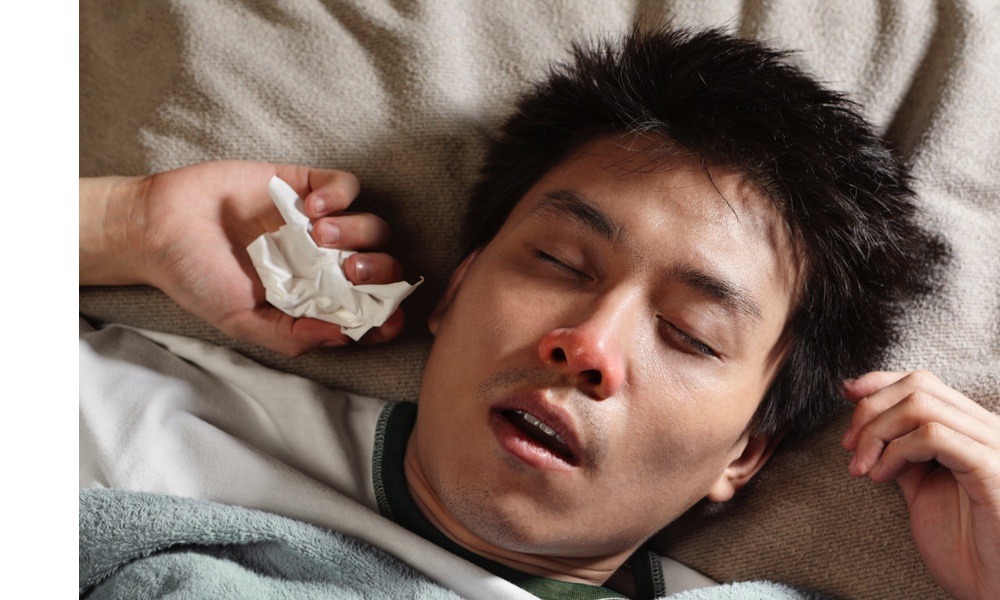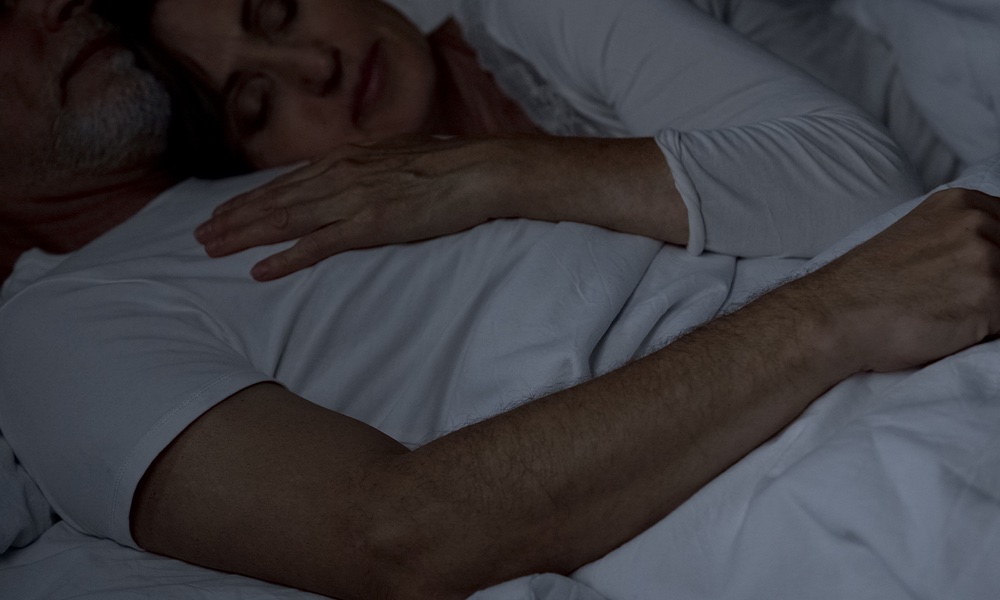Why, when there is a vaccine series that is almost completely effective at protecting against human papilloma virus (HPV), a risk factor for cervical cancer, is the rate of vaccination among teens so low? Even more concerning is that a British study has found that the girls who could benefit the most from the vaccine are least likely to be offered it.
Not only were at-risk teenage girls less likely to be offered the vaccine compared to teens in the general population, when they were offered the vaccine, they were less likely to complete the three-shot series.
Part of the problem is that too few young women have accurate information on the vaccine; the lack of follow-up by healthcare providers is another issue.
Over half the participants who refused the vaccine said they might have taken it if they, their parents, or friends had been better informed about the connection between HPV and cervical cancer and the vaccine's value in reducing their risk of cervical cancer. In addition, about 25 percent of participants said no one had followed up to make sure that they received all three shots.Over half the young women who refused the vaccine said they might have taken it if they, their parents, or friends had been better informed about the connection between HPV and cervical cancer.
The investigators were surprised by the findings, Rachel Sacks, corresponding author on the study, told TheDoctor in an email. The number of sexually active teens receiving the complete HPV vaccine series would go up if the sexual health services in Britain offered it, Sacks believes.
“We feel that sexual health services are ideally placed to access these at-risk women, to counsel them so that they can make an informed decision, and encourage and support them in completing the course.”
The problem is the same in the U.S., according to Robert Bednarczyk, an epidemiologist at Emory University. In July of 2013 the Centers for Disease Control reported that HPV vaccination rates had slowed among 13- to 17-year-old girls in the U.S., and that the rates of completion of the three-shot series actually declined between 2011 and 2012.
The 2200 young women in the British study were between the ages of 13 and 19. According to the anonymous questionnaires they filled out at sexual health services clinics across the U.K., when compared to national data, they were more likely to smoke, have had sex for the first time before they were 16, and have had a sexually transmitted infection (STI) than other women their age.
To reduce cervical cancer rates, about 80 percent of young women would need to complete the three-part HPV vaccination. The overall completion rate among all the survey respondents was 47 percent, so there is a long way to go before cervical cancer rates begin to drop.
Part of the issue, says Bednarczyk, who was not involved in the British study, is that physicians do not routinely recommend the vaccine. Only about 50 percent do. He suggests that health care providers recommend the vaccine to all their patients in the recommended age range.
Sacks, likewise, believes that healthcare providers are key to raising awareness of HPV infection and the risk for cervical cancer. In addition to encouraging patients to get the vaccine, doctors need to educate their staffs about HPV vaccination so that they are better able to counsel young women and encourage them to complete the vaccine series.
It is also helpful if healthcare providers are able to provide the vaccination on site, so they can act on the momentum generated by these discussions and provide the vaccination at the same appointment. Then staff can follow up with patients to insure they complete the series.
The study was published online recently in the journal Sexually Transmitted Infections.




